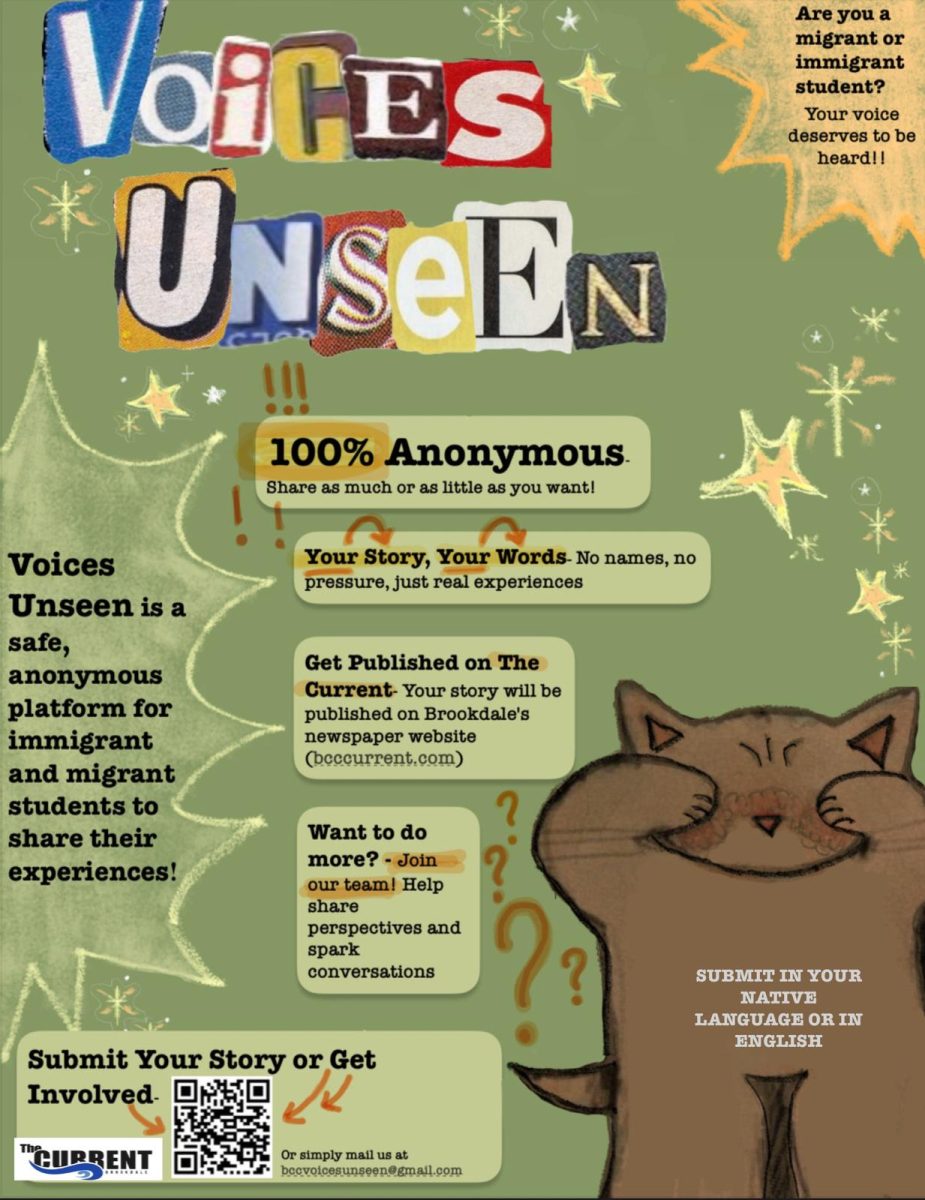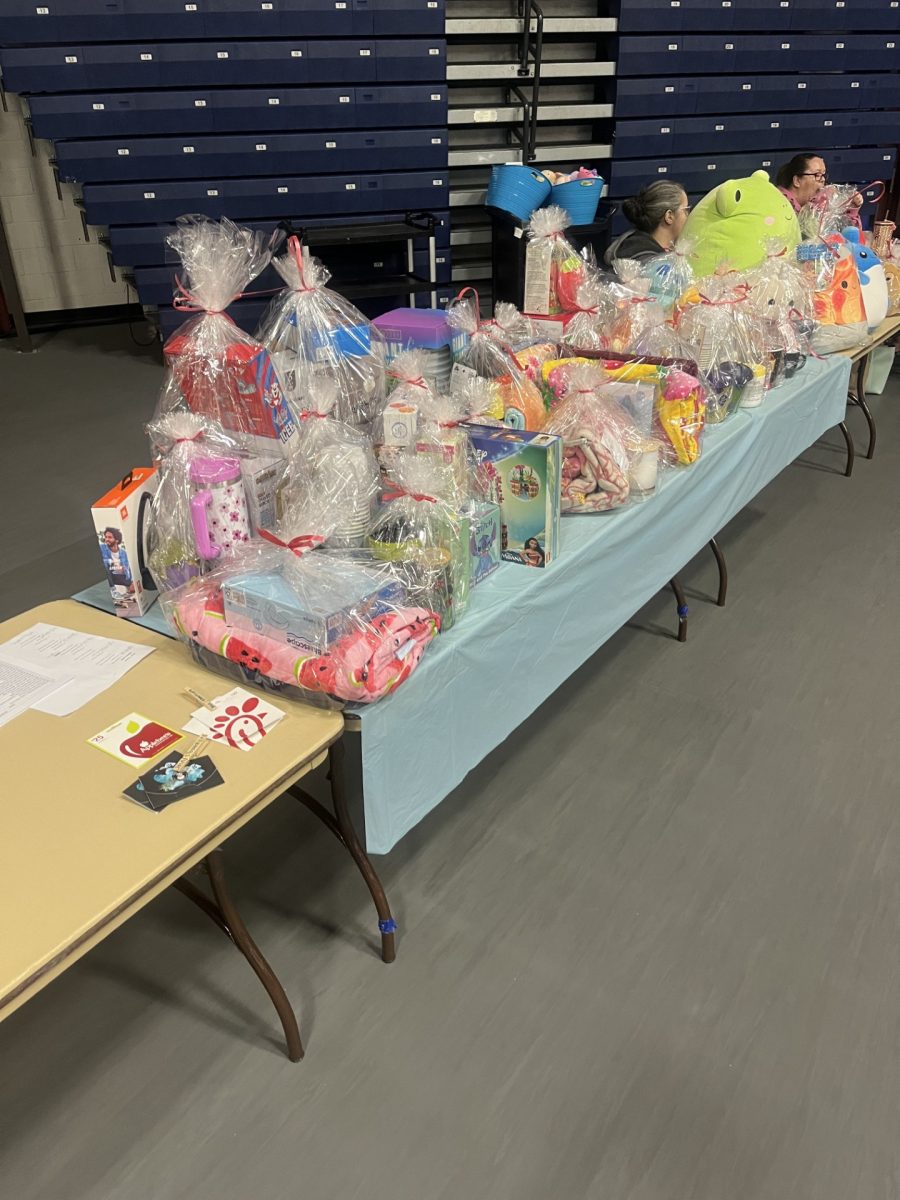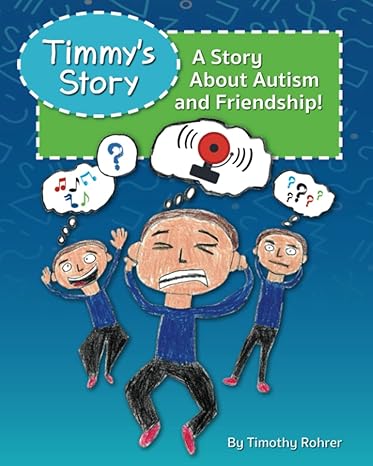At-Risk Population Wants to Live Without Choosing ‘Between Sanity and Morality’
March 1, 2021
An Op-Ed
Nearly all the world’s population has been affected by the COVID-19 pandemic in some way. The significance of the impact on a given person varies depending on their lifestyle or preferences. Additional variables could include how people make their living, an individual’s need for social interaction, their income level and their overall health and health conditions.
Some people can transition into working remotely while ordering groceries to pick up from the local grocery store, allowing them to remain relatively isolated. Others must venture out into the world, despite the risks associated with doing so.
When the initial shutdowns began, it felt like there was somewhat of a level playing field. People stepped up and did what was needed to keep themselves and our neighbors safe. As the weather got warmer, apparent quarantine fatigue set in. Masks became optional to some. Playdates for kids started to increase in frequency and number of participants. We could not go to work because our kids weren’t in school or had no choice but to commute to work. The stores were packed again.
Entire states were going on like business as usual without much regard to the pandemic at hand. Flights were booked to capacity as airlines sold tickets at reduced prices to make up for lost revenue. News reports covered people packing local bars or arguing in stores over their “rights” being infringed upon. Some people would encourage others to engage in twisted noble acts of defiance and do the same. The prospect of going out in public had suddenly become terrifying.
Going out in public became daunting for someone with underlying conditions. My 12-year-old daughter and I both have severe asthma, which the CDC notes increases the chance of COVID being more severe or even lethal. Missing a couple of days of medication is guaranteed to result in an asthma attack or trigger a respiratory infection.
While I have managed to keep my home functional, I’ve had a more difficult time helping my daughter overcome her struggle with social anxiety and isolation. She misses her friends and would love to be in school, but her fear has overtaken her need for social interaction. One evening, she was within earshot of a town council meeting when a classmate’s mom spoke and expressed views that made it clear she was frustrated with the precautions we were encouraged to take before children returned to school. Right then and there, we knew she wouldn’t be attending school in person. It just wasn’t a risk we were comfortable taking.
Her anxiety has become so debilitating that she’s uncomfortable going to a park with too many cars in the parking lot. My husband and I are aware that it is an extreme reaction, but how can we tell her that response is irrational? She’s aware that some of our community members have no interest in implementing measures for the greater good.
The reality is immunocompromised and disabled people don’t worry because they’re scared of going outside among people, but instead remain fearful of how the irresponsible actions of others could lead to our premature death.
I often think of those with more severe disabilities and compromising illness, or how the pandemic now compounds the challenges of being high-risk. Caregivers are less accessible, and any form of socialization outside of the immediate family is too much of a risk, resulting in extended periods of isolation.
Medications like hydroxychloroquine that many depend on to manage their chronic illness are now facing supply shortages. It feels as if this community has been left behind and any consideration of their perspective has become optional at best.
Reports in the last several months have shown a sharp increase in suicides among children, along with increased drug overdoses. This past summer, 11 percent of adults reported having suicidal thoughts, 13 percent reported new or increased substance abuse. Those with chronic illness are more likely to have a related mental illness that the pandemic has only exacerbated. Those of us who come out on the other side of the pandemic face an uphill battle if our only solution is to stay inside to avoid those willing to put the most vulnerable at risk.
It’s unfortunate how this has become an all-or-nothing, survival-of-the-fittest scenario. Callous comments loaded with inconsiderate sentiment have become all too commonplace without any consideration for our neighbors. Why isn’t the mental health of the disabled or immunocompromised being considered more significantly? The unwillingness of the few to sacrifice for the greater good leaves these populations in an even more vulnerable state.
It’s time to consider how we can do better at taking care of those who need more support instead of leaving them in the wake of mask-less barhopping if we are ever to get “back to normal.”
The disabled and immunocompromised deserve equal opportunities to get a running start back into normalcy as much as everyone else. Let’s begin by adhering to CDC guidelines and practicing what experts and science preach. I know I can speak for the high-risk when I say we just want to live our lives without choosing between our sanity or our mortality.

























